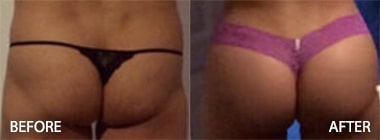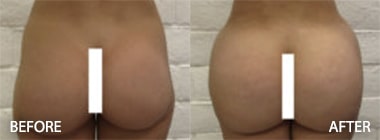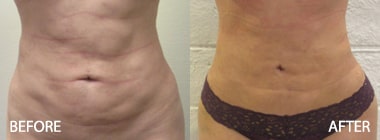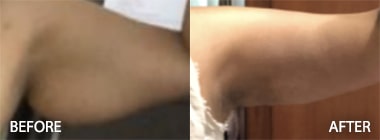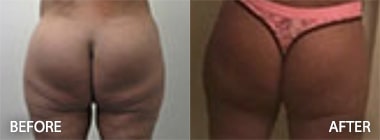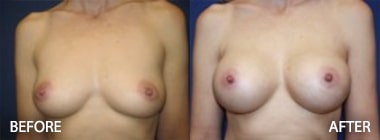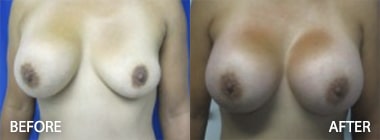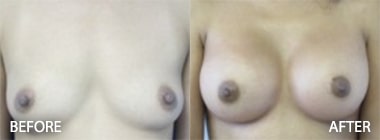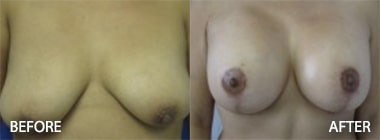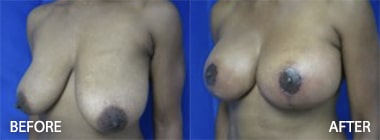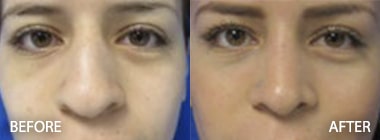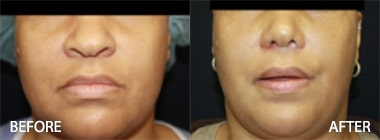Capsular Contracture in Breast Augmentation
Capsular contracture results from an exaggerated scar response to a foreign prosthetic material. The amount of capsular contracture can be graded according to severity
Grade I
No palpable capsule
The augmented breast feels as soft as a natural one.
Grade II
Minimal firmness
The breast is less soft; the implant can be palpated, but it is not visible.
Grade III
Moderate firmness
The breast is harder; the implant can be palpated easily, and distortion can be seen.
Grade IV
Severe contracture
The breast is hard, tender, painful, and cold. Distortion is often marked.
Capsular contracture remains the most common complication of breast augmentation, with rates reported between 0.5% and 30. Despite extensive research, the cause of capsular contracture remains unknown. Two main theories address the underlying cause: subclinical infection and hypertrophic scarring. Hypertrophic scarring is thought to be secondary to a hematoma, seroma, or silicone gel bleed.
Surgical placement of the prosthesis in a retropectoral pocket has repeatedly been proved to decrease the risk of capsular contracture.
This has led many surgeons to preferentially use the subpectoral plane.
Antibiotic irrigation of the implant pocket arose in response to the infectious theory of the cause of capsular contracture.
Current recommendations include a solution containing 50,000 units of bacitracin, 1 g of cefazolin, and 80 mg of gentamicin for pocket irrigation.
Links to Additional Beverly Hills and Los Angeles Breast Augmentation Articles at Hughes Plastic Surgery:
Article 1: The History of Breast Augmentation in the US
Article 2: The Evolution of Saline and Textured Implants
Article 3: Silicone Implants and Implant Controversies
Article 4: Evaluation of the Breast Augmentation Surgery Patient
Article 5: Determining Implant Size and Incisions in Breast Augmentation: Inframammary and Infraareolar
Article 6: Incisions and Approaches to Breast Augmentation: Transaxillary and Transumbilical
Article 7: Capsular Contracture in Breast Augmentation
Article 8: Complications of Breast Augmentation
